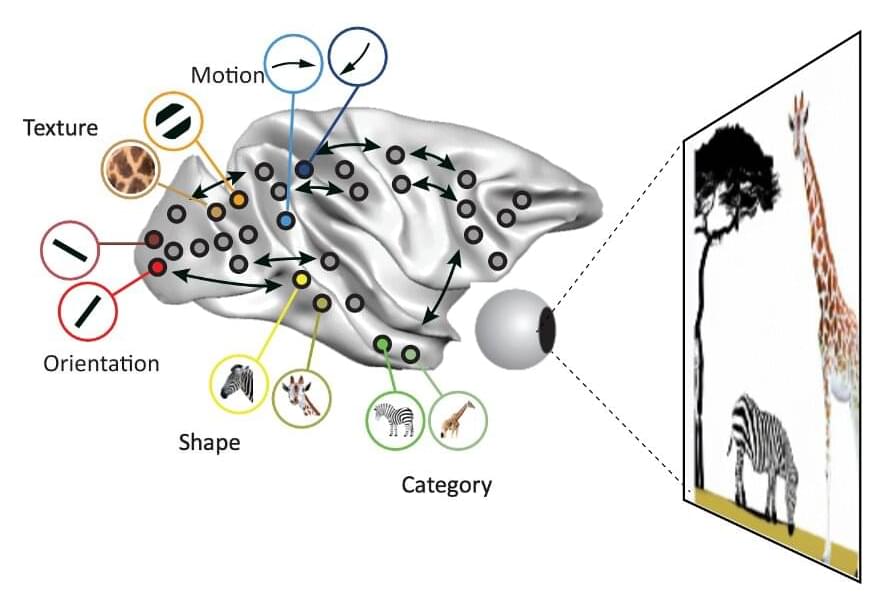When we look at something, the different properties of the image are processed in different brain regions. But how does our brain make a coherent image out of such a fragmented representation? A new review by Pieter Roelfsema sheds light on two existing hypotheses in the field.
When we open our eyes, we immediately see what is there. The efficiency of our vision is a remarkable achievement of evolution. The introspective ease with which we perceive our visual surroundings masks the sophisticated machinery in our brain that supports visual perception. The image that we see is rapidly analyzed by a complex hierarchy of cortical and subcortical brain regions.
Neurons in low level brain regions extract basic features such as line orientation, depth and the color of local image elements. They send the information to several mid-level brain areas. Neurons in these areas code for other features, such as motion direction, color and shape fragments.










Comments are closed.